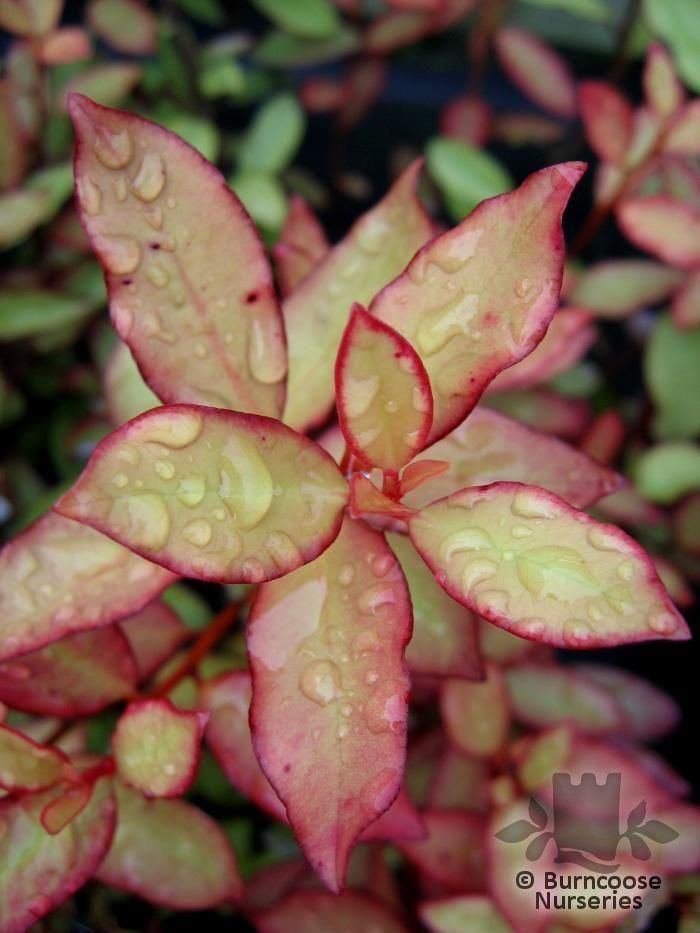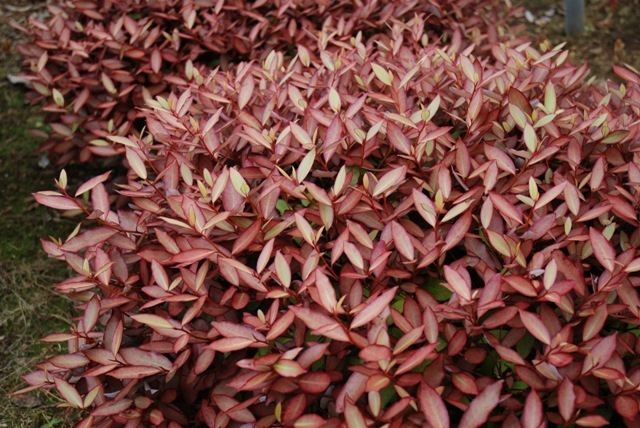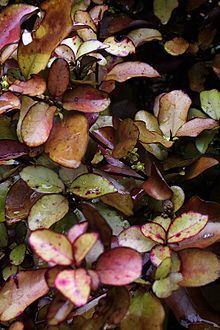Rank Genus | ||
 | ||
Similar Pseudowintera colorata, Winteraceae, Pseudowintera axillaris, Drimys, Pseudopanax | ||
Pseudowintera garden plants
Pseudowintera is a genus of woody evergreen flowering trees and shrubs, part of family Winteraceae. The species of Pseudowintera are native to New Zealand. Winteraceae are magnoliids, associated with the humid Antarctic flora of the southern hemisphere. Horopito can be chewed for a hot, peppery taste.
Contents


Cultivation

Horopito spreads naturally through regrowth on cleared land but may often be found in domestic gardens as a decorative plant. Planting for commercial purposes has begun in recent years.
Pharmaceutical use

Horopito contains a substance called sesquiterpene dialdehyde polygodiali, otherwise known as polygodial that has a number of biological properties including antifungal, antimicrobial, anti-inflammatory, antiallergic and insecticide effects. Polygodial has been tested as a very effective inhibitor of Candida albicans. Horopito was used traditionally by Maori for a variety of medicinal purposes including treatment of: fungal skin infection, stomach pain, diarrhoea and as an analgesic. Early European settlers to New Zealand also used horopito for medicinal purposes.
Culinary use

Horopito leaves are used in cooking in a variety of ways. Horopito is now being used as a seasoning in modern New Zealand cuisine. Typically the leaves are dried and then ground to form a powder. The powder may be used wherever black pepper is used and applied directly to meats, mixed with oils, used to make condiments (e.g. with mustard), in vinegars, biscuits and even ice-cream.

